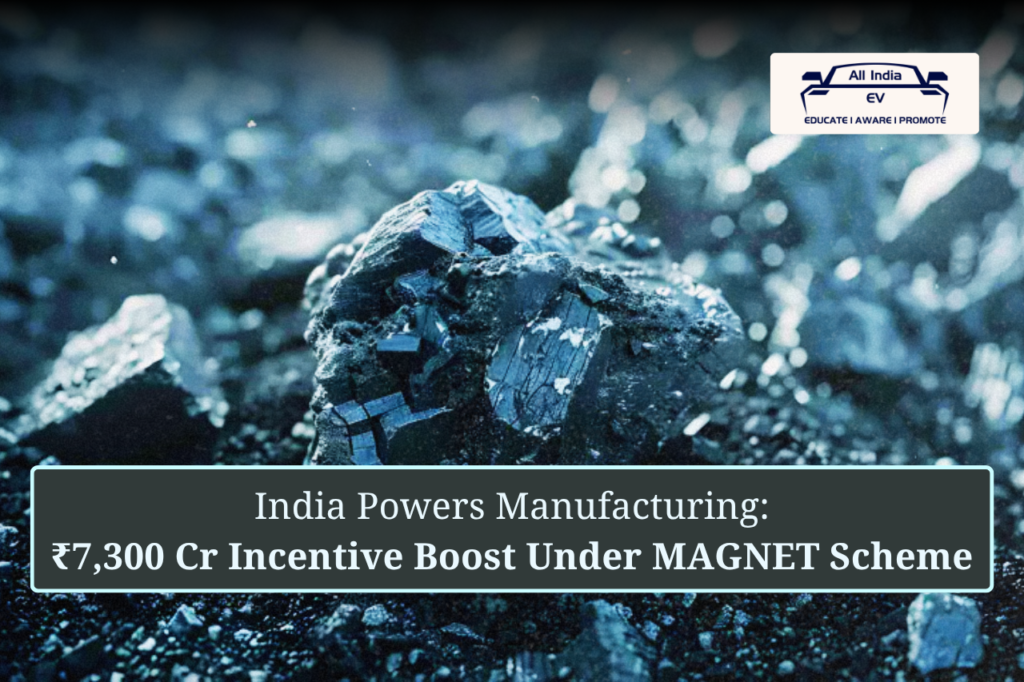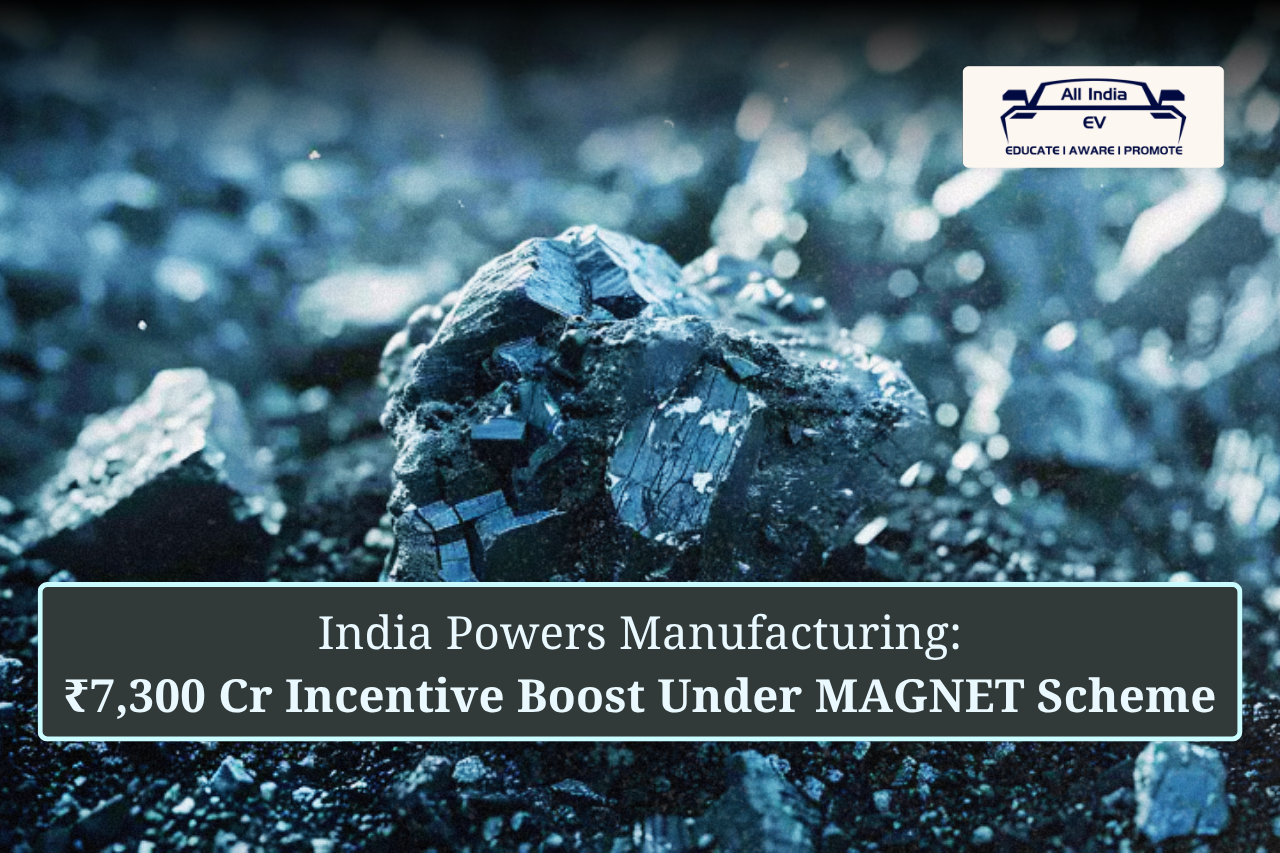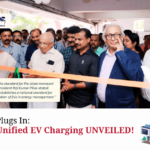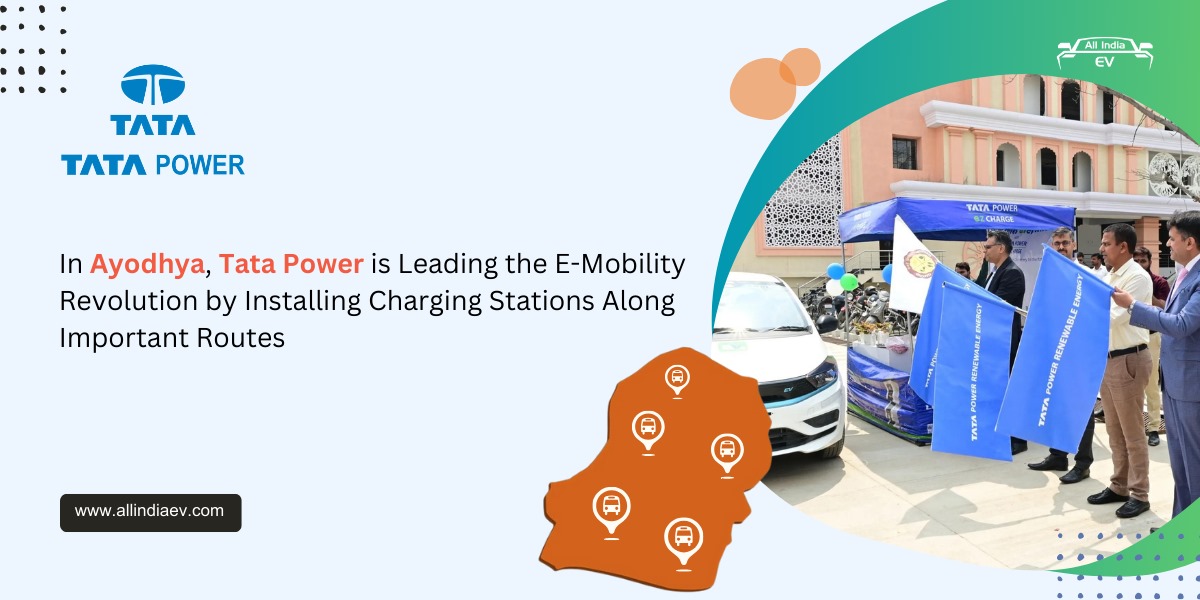
India Targets 6,000 Tonnes Rare Earth Production by 2030 to Cut China Dependence and Boost Domestic EV Supply Chain
In a major step toward strengthening India’s self-reliance in clean technology manufacturing, the Expenditure Finance Committee (EFC) under the Finance Ministry has approved a ₹7,300 crore Magnet Scheme aimed at incentivising domestic production of rare earth magnets — a critical component for electric vehicles (EVs), wind turbines, and consumer electronics.
The ambitious scheme will now move to the Union Cabinet for final approval, following the EFC’s clearance earlier this week.
Under the proposal, ₹6,500 crore has been earmarked for capital expenditure, supporting companies in setting up rare earth magnet processing units and complete supply chains within India. An additional ₹800 crore has been set aside for operational expenditure, ensuring sustainable operations and long-term competitiveness of local manufacturers.
According to senior officials, India’s rare earth magnet production is projected to reach 6,000 tonnes by 2030, sufficient to meet domestic industrial demand and significantly reduce dependence on imports.
Union Minister for Steel and Heavy Industries, H. D. Kumaraswamy, had earlier confirmed that the government is preparing a comprehensive incentive plan to encourage local production and reduce supply risks. The minister highlighted that the scheme would enable India to integrate into global value chains by offering fiscal support, tariff relief on key equipment, and stable supply conditions despite growing international restrictions.
The decision to extend incentives was finalised in June 2025, after a high-level ministerial review noted China’s dominance in rare earth magnet supply chains and the potential vulnerabilities it posed to India’s emerging EV and renewable sectors.
Earlier this year, China imposed export licence requirements for seven rare earth elements and their magnets — a move seen as an attempt to restrict rerouting to Western nations. This decision had disrupted global supply chains and impacted India’s automobile industry, which raised concerns over rising costs and urged the government for policy intervention.
Currently, India’s EV and wind turbine manufacturers account for over 50% of the nation’s total rare earth demand, estimated at 4,010 metric tonnes in 2025. With the government’s new Magnet Scheme, the demand is expected to double to 8,220 metric tonnes by 2030, driven by the rapid electrification of mobility and growth of renewable energy infrastructure.Rare earth-based permanent magnets are essential for EV propulsion systems, power windows, speakers, and renewable energy generators. By boosting domestic production, India aims to reduce its dependence on imports, enhance supply chain resilience, and strengthen its position as a key player in the global green technology ecosystem.










